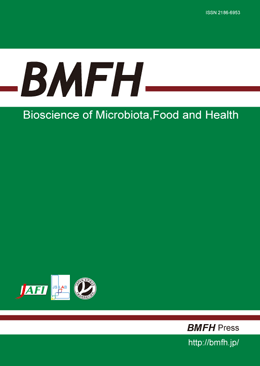Volume 36, Issue 4
Displaying 1-5 of 5 articles from this issue
- |<
- <
- 1
- >
- >|
Review
-
Article type: Review
2017 Volume 36 Issue 4 Pages 135-140
Published: 2017
Released on J-STAGE: October 04, 2017
Advance online publication: August 25, 2017Download PDF (815K)
Full Paper
-
Article type: Full Paper
2017 Volume 36 Issue 4 Pages 141-145
Published: 2017
Released on J-STAGE: October 04, 2017
Advance online publication: July 04, 2017Download PDF (694K)
Note
-
Article type: Note
2017 Volume 36 Issue 4 Pages 147-149
Published: 2017
Released on J-STAGE: October 04, 2017
Advance online publication: May 17, 2017Download PDF (1064K) -
Article type: Note
2017 Volume 36 Issue 4 Pages 151-154
Published: 2017
Released on J-STAGE: October 04, 2017
Advance online publication: August 03, 2017Download PDF (621K) -
Article type: Note
2017 Volume 36 Issue 4 Pages 155-159
Published: 2017
Released on J-STAGE: October 04, 2017
Advance online publication: August 01, 2017Download PDF (1132K)
- |<
- <
- 1
- >
- >|
